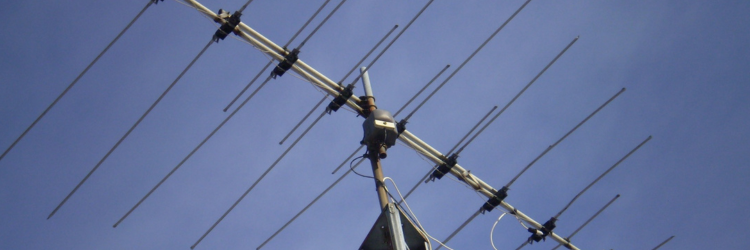Researchers from Xi’an Jiaotong University in China innovated a new method for making tiny stretchable antennas from hydrogel and liquid metal. Potentially used in wearable and flexible wireless electronic devices, they can provide a link between the device and external systems for power delivery, data processing, and communication. The team demonstrated that the length of a liquid metal antenna can be cut in half to downsize wearable devices used for health monitoring, human activity monitoring, wearable computing, and other applications.
Published in the Optica Publishing Group journal Optics Express, the researchers describe their technique, which involves injecting eutectic gallium-indium — a metal alloy that is a liquid at room temperature — into a microchannel created with a single-step femtosecond-laser ablation process. They created an antenna measuring 24 mm × 0.6 mm × 0.2 mm embedded into a 70 mm × 12 mm× 7 mm hydrogel slab.
Stretchable and flexible antennas could be used in wearable medical devices to monitor temperature, blood pressure, and blood oxygen. Separate mobile devices could connect to a larger control unit via the flexible antennas forming a wireless body-area network. Since the resonance frequencies of the flexible antennas vary with applied strain, they could also be used as a wearable motion sensor.
To make a liquid metal dipole antenna, researchers scanned a femtosecond laser to form a pair of symmetrical microchannels inside a hydrogel without harming the surface. The laser’s short pulse duration produces a high peak power, allowing the ablation of transparent material via nonlinear optical effects like multiphoton absorption. This ensures that ablation only occurs at the laser’s precise focal point. They injected the liquid metal into the microchannels, forming a hydrogel-embedded wire for use as an antenna. Hydrogel-based devices can be stretched to almost double their original length.
This method allows the microchannel to be embedded in hydrogel using a single fabrication step without needing layer bonding. 3D microchannels and liquid metal structures can be easily formed by 3D scanning the femtosecond laser.
The experiments showed that the pure hydrogel reflects almost all the incident electromagnetic wave energy, while the liquid metal dipole antenna embedded in hydrogel radiates most of the incident electromagnetic wave effectively into free space, with less than 10% reflected at the resonance frequency. By varying the applied strain from 0 to 48%, the antenna’s resonant frequency can be tuned from 770.3 MHz to 927.0 MHz.


